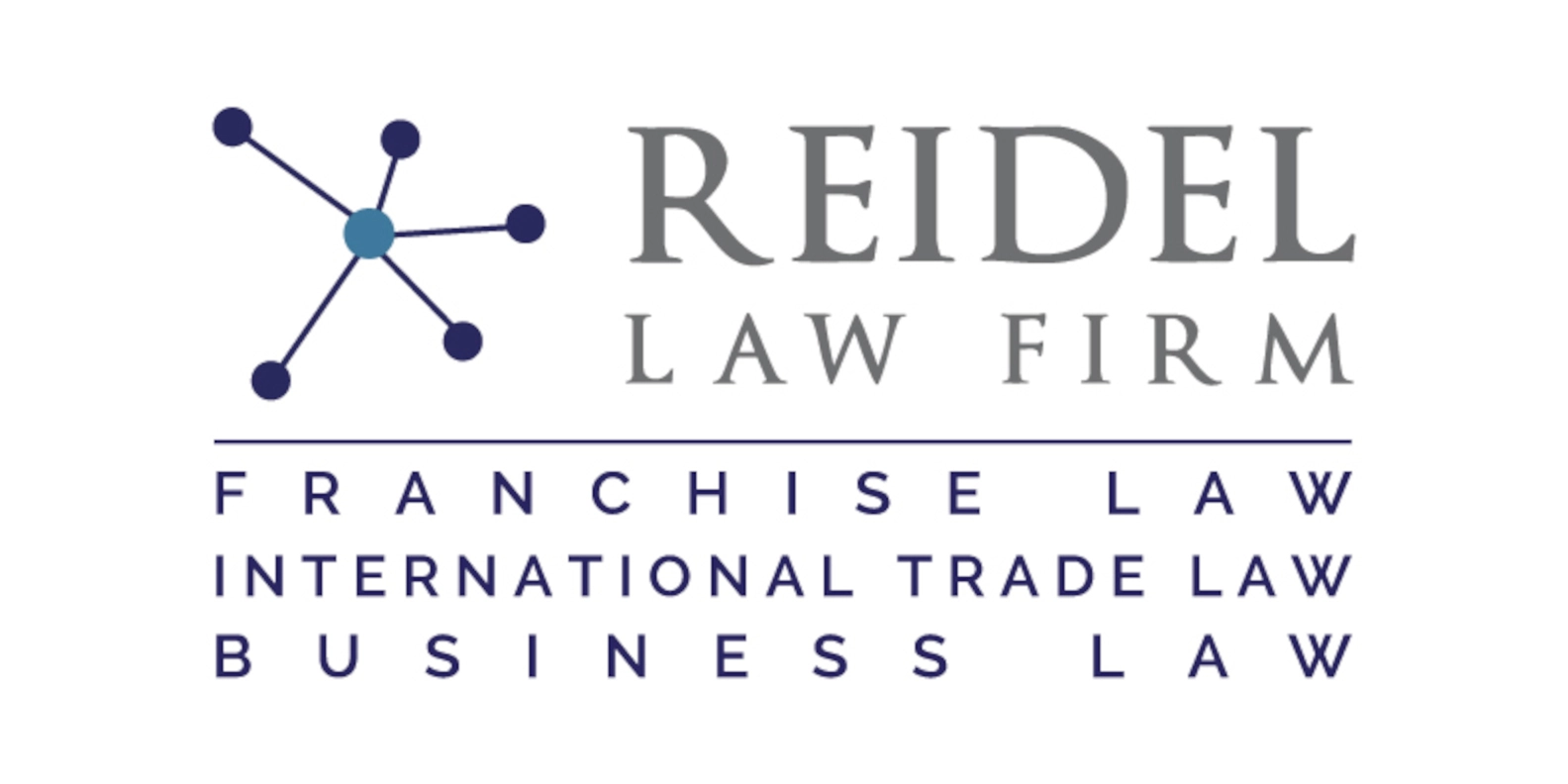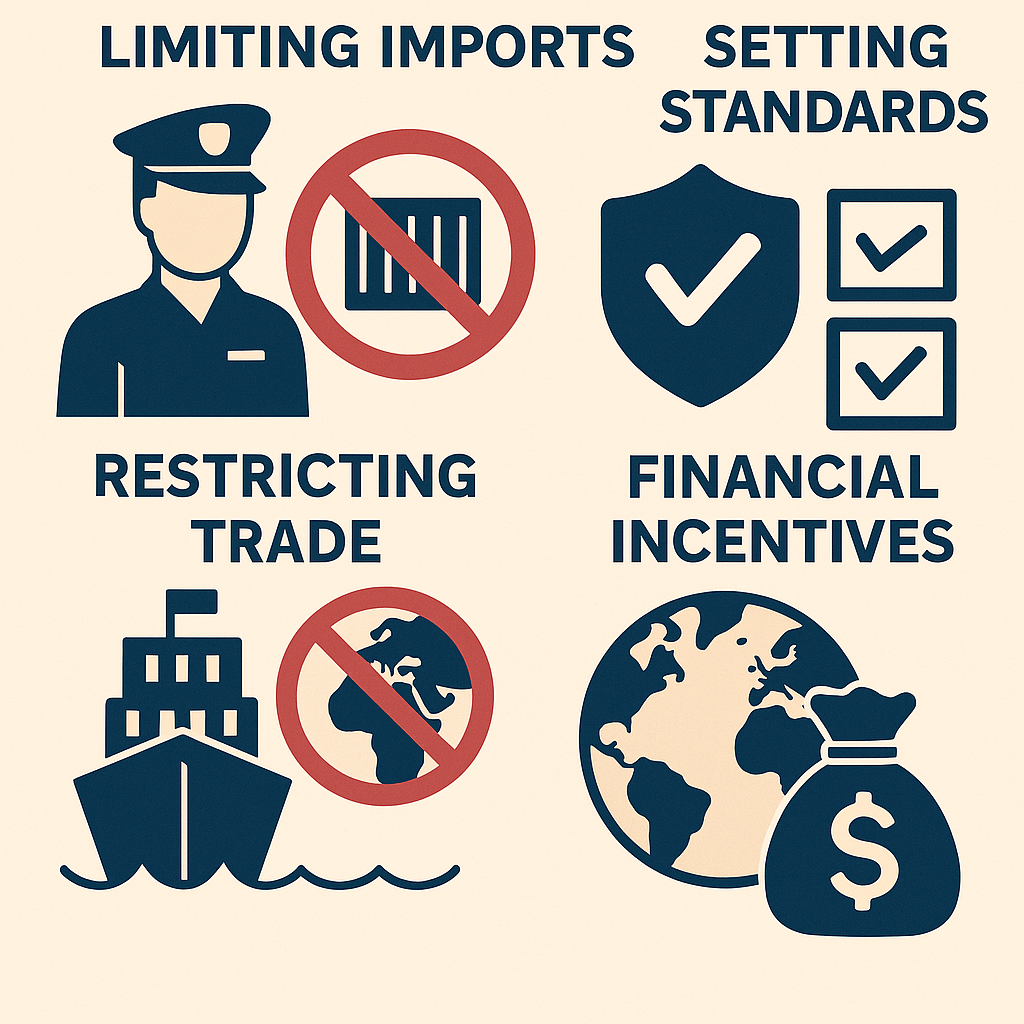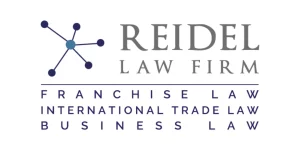In the world of anti-money laundering (AML), there are several terms that can often be confused or misunderstood. Two such terms are round-tripping and trade-based money laundering (TBML). These terms refer to different techniques used by criminals to launder money, but their intricacies and implications are often overlooked or misunderstood. In this article, we will explore the basics of AML and money laundering, define round-tripping and TBML, discuss their key differences, provide examples of their methods and schemes, examine the growing threat they pose to global financial systems, and delve into the legal and regulatory efforts to combat them. Maintaining financial transparency and integrity is crucial to attract investors, as fraudulent activities like round-tripping can damage a company’s reputation and deter potential investors. Additionally, we will discuss the role of technology in detecting and preventing round-tripping and TBML, and provide best practices for AML compliance in the face of these challenges. By the end of this article, readers should have a comprehensive understanding of round-tripping, TBML, and the importance of staying vigilant against money laundering threats.
Understanding the Basics: AML and Money Laundering
Before delving into the specifics of round-tripping and TBML, it is crucial to have a solid understanding of AML and money laundering. AML refers to the set of laws, regulations, and procedures implemented by financial institutions and governments to prevent criminals from disguising the illegal origins of their funds. Money laundering, on the other hand, is the process of making illegally obtained money appear legitimate by concealing its true source.
Money laundering typically involves three main stages: placement, layering, and integration. During the placement stage, the illicit funds are introduced into the financial system. This can be done through various means, such as depositing large sums of cash into bank accounts or using it to purchase valuable assets. The layering stage involves creating complex layers of transactions to obscure the money’s trail. This may include multiple transfers between different accounts and jurisdictions, making it difficult for authorities to trace the funds’ origins. Finally, during the integration stage, the laundered money is reintroduced into the legitimate economy and can be used freely by the criminals without arising suspicion.
AML regulations vary from country to country, but they generally require financial institutions to implement robust customer due diligence measures. This includes verifying the identity of customers, monitoring transactions for suspicious activity, and reporting any suspicious transactions to the relevant authorities. Additionally, AML regulations often require financial institutions to maintain detailed records of customer transactions and to regularly train their employees on AML procedures.
Money laundering is a global issue that poses significant risks to the integrity of the financial system. It is estimated that trillions of dollars are laundered each year, enabling criminals to profit from their illegal activities and undermining the stability of economies worldwide. In response to this threat, international organizations such as the Financial Action Task Force (FATF) have been established to promote global cooperation in combating money laundering. These organizations set standards and provide guidance to countries on implementing effective AML measures.
Defining Round-Tripping: How Does it Work?
Round-tripping, as the name suggests, involves funds being sent offshore and then brought back to the originating country in the form of investments or trade transactions. This technique is commonly used to artificially inflate the value of investments or to manipulate trade statistics. It can involve a variety of entities, including individuals, companies, or even nations, and is often facilitated through complex financial arrangements and transactions. A high volume of such transactions, especially when not supported by corresponding financial data, can be a red flag for round-tripping and related manipulative practices.
One method of round-tripping is through the use of shell companies. These are companies that exist only on paper and are used to create the appearance of legitimate business transactions. By engaging in circular transactions between these shell companies, criminals can manipulate financial records and create the illusion of economic activity where none actually exists. Such transactions are often scrutinized by authorities for signs of collusion or manipulation. This can make it difficult for authorities to detect and prevent money laundering.
Another method of round-tripping involves the use of tax havens. By routing funds through jurisdictions with lax regulations and low taxation rates, criminals can further conceal the true origins of their money. Round-tripping is often linked to tax evasion, as funds are routed through low-tax jurisdictions to avoid paying taxes in the home country. They can then bring the funds back into the country without arousing suspicion, allowing them to enjoy the illicit proceeds without legal consequences.
It is important to note that round-tripping is not always illegal. In some cases, it can be used for legitimate purposes, such as tax planning or capital flow management. However, when used for money laundering or to evade taxes, it becomes a significant concern for AML professionals.
Round-tripping can have significant economic consequences. When funds are artificially inflated through round-tripping, it can create a false sense of economic growth and stability. Artificially inflated sales figures can mislead stakeholders and create a false sense of company performance. Round-tripping can also create the illusion of higher demand for a company’s products or securities, distorting market perceptions. This can lead to misallocation of resources and investment, as well as distortions in market prices. Additionally, round-tripping can undermine the integrity of financial systems and erode trust in the economy, making it less attractive for legitimate investors.
The Intricacies of Trade-Based Money Laundering (TBML)
While round-tripping involves the manipulation of financial transactions, TBML takes a different approach by exploiting the complexities of international trade. TBML refers to the process of disguising the proceeds of crime through legitimate trade transactions. It commonly involves the misrepresentation of the price, quantity, or quality of goods being traded, as well as the use of fraudulent documents and invoices.
One method of TBML is over- and under-invoicing. In this scheme, criminals will either overstate or understate the value of goods being imported or exported. By doing so, they can manipulate the amount of money that is transferred, allowing them to move illicit funds across borders without detection. For example, they may overstate the value of imported goods, resulting in an inflated payment from the importing country. The excess funds can then be funneled back to the criminals or used for further illicit activities.
Another common technique in TBML is the use of false trade documentation. Criminals may create fraudulent invoices, bills of lading, or shipping documents to support their illicit trade transactions. These fake documents can make it difficult for authorities to identify the true nature of the transactions and trace the origin of the funds involved.
Trade-based money laundering is not limited to physical goods; it can also involve the movement of funds through electronic means. Criminals may exploit the complexity of international electronic fund transfers to move illicit funds across borders without arousing suspicion. By disguising the purpose of the transactions or funneling funds through multiple accounts, they can effectively launder money through legitimate financial systems.
One emerging trend in TBML is the use of cryptocurrency for money laundering purposes. Criminals are increasingly utilizing digital currencies such as Bitcoin to facilitate illicit trade transactions and obscure the origin of funds. Cryptocurrencies provide a level of anonymity and decentralization that makes it difficult for authorities to track and trace transactions. This presents new challenges for law enforcement agencies in combating TBML and highlights the need for enhanced regulatory measures in the cryptocurrency space.
Key Differences between Round-Tripping and TBML
While round-tripping and TBML are both money laundering techniques, they differ in their methods and focus. Round-tripping primarily involves the manipulation of financial transactions, often through the use of shell companies and tax havens. It revolves around inflating the value of investments or artificially boosting trade statistics. TBML, on the other hand, focuses on exploiting the complexities of international trade by misrepresenting the value or quantity of goods being traded and using fraudulent documentation. While round-tripping can involve financial transactions related to any industry, TBML is specifically tied to trade.
Another key difference is their impact on the economy. Round-tripping can distort economic indicators and mislead investors, potentially creating an illusion of prosperity and attracting investment based on false information. In some cases, round-tripping allows companies to report net gains that do not reflect actual economic activity, further misleading investors and regulators. TBML, on the other hand, can harm legitimate businesses by undercutting fair competition and distorting market prices. It can also affect governments by reducing tax revenues and contributing to trade imbalances.
Furthermore, round-tripping and TBML also differ in terms of detection and prevention. Round-tripping can be more challenging to detect due to its complex nature and the involvement of multiple jurisdictions. It often requires extensive investigation and cooperation between law enforcement agencies across different countries. In contrast, TBML can be detected through careful monitoring of trade transactions, analyzing discrepancies in trade data, and identifying patterns of suspicious activity. Implementing robust trade finance controls and conducting thorough due diligence on trading partners can help prevent TBML.
Exploring Round-Tripping: Methods and Examples
Round-tripping can take various forms, depending on the parties involved and the specific financial arrangements used. One common method of round-tripping is through the creation of circular transactions between shell companies. By routing funds through a network of these companies, criminals can manipulate financial records and create the appearance of legitimate economic activity. For example, a criminal may transfer funds from Company A to Company B, then back to Company A through a series of complex transactions. These circular transactions can obscure the trail of illicit funds and make it difficult for authorities to trace the money’s true source.
Another method used in round-tripping is the creation of complex financial structures. Criminals may establish offshore entities and use them to engage in transactions with companies based in their home country. These transactions can involve the sale and repurchase of assets, allowing the criminals to manipulate the value of their investments. By artificially inflating the prices of these assets, they can create the illusion of profit and attract legitimate investors.
Round-tripping can also involve the abuse of tax regulations. By taking advantage of loopholes and discrepancies in different jurisdictions’ tax laws, criminals can create a tax-efficient structure that allows them to move funds offshore and then bring them back to their home country without incurring significant tax obligations. This not only allows them to launder money but also evade taxes.
It is essential to understand that round-tripping is not limited to specific industries or individuals. It can be used by anyone looking to launder money or manipulate financial records, including high-net-worth individuals, organized crime groups, or even governments seeking to manipulate economic indicators.
One additional method of round-tripping involves the use of cryptocurrencies. Criminals can exploit the decentralized nature of cryptocurrencies to transfer funds anonymously and without the need for traditional financial institutions. They can convert illicit funds into cryptocurrencies, then transfer them to multiple wallets, creating a complex web of transactions that can be difficult to trace. Finally, they can convert the cryptocurrencies back into traditional currencies, effectively laundering the money and obscuring its origin.
Foreign Investment and Round-Tripping
Foreign investment is often seen as a positive force for economic development, but it can also be exploited through round-tripping schemes. In these cases, funds are transferred out of a country—frequently routed through shell companies or tax havens—and then returned to the original country disguised as foreign direct investment. This process creates the illusion of legitimate foreign investment, when in reality, the money may have never truly left the country or may have originated from illicit activities.
Companies involved in round-tripping business often use these circular transactions to manipulate financial statements, inflate revenue figures, or evade taxes. By channeling money through offshore entities, they can launder money and make it appear as if it is coming from reputable foreign investors. This not only undermines the integrity of financial records but can also mislead investors and regulatory bodies about the true nature of a company’s financial health.
Law enforcement agencies and regulatory authorities, such as the Securities and Exchange Commission, are increasingly vigilant in monitoring foreign investment flows for signs of round-tripping. They scrutinize transactions involving tax havens and shell companies, looking for patterns that suggest funds are being recycled back into the country of origin. These efforts are crucial in preventing companies from using foreign investment as a cover to evade taxes, manipulate financial data, or launder money. By enforcing strict reporting requirements and conducting thorough investigations, relevant authorities aim to protect the financial system from abuse and ensure that foreign investment serves its intended purpose of genuine economic growth.
Financial Record Analysis: Detecting Suspicious Transactions
Detecting round-tripping schemes relies heavily on careful analysis of financial records. Financial statements, revenue figures, and trading volumes can reveal patterns that point to suspicious activity. For example, unusually high sales volume or trading volumes between two companies at about the same price, with no clear economic justification, may indicate circular transactions designed to artificially inflate revenues or manipulate financial data.
Technical analysis tools, such as trend analysis and ratio analysis, are valuable for identifying inconsistencies in financial statements. Analysts look for discrepancies between reported revenue figures and actual cash flows, or for repeated transactions involving the same parties at the same amount, which can be a hallmark of round trip trading. By examining the details of transactions and comparing them to industry benchmarks, companies and regulators can spot red flags that warrant further investigation.
In addition, monitoring for wash trades, swapping assets at about the same price, or other forms of illusory growth can help uncover attempts to mislead investors or manipulate stock prices. A thorough review of financial data, combined with an understanding of typical round-tripping patterns, enables companies and authorities to detect and address suspicious activity before it escalates into larger financial crimes.
Preventing Financial Crimes: Best Practices and Legal Strategies
Preventing round-tripping and other financial crimes requires a proactive and comprehensive approach. Companies should implement robust internal controls to monitor financial transactions and ensure that all activities are properly documented and authorized. Conducting thorough due diligence on all parties involved in transactions—including foreign investors, trading partners, and shell companies—is essential to verify the legitimacy of funds and assets.
Regularly reviewing financial records for suspicious activity, such as circular transactions or artificially inflated revenue figures, can help companies identify potential risks early. Training employees to recognize the signs of round-tripping and other financial crimes is also a key component of an effective anti money laundering program.
Legal strategies, such as adhering to the latest regulations and cooperating with law enforcement agencies, further strengthen a company’s defenses against financial crime. Staying informed about emerging trends in round-tripping and other schemes allows companies to adapt their compliance measures and protect their assets. By fostering a culture of transparency and vigilance, businesses can significantly reduce their exposure to financial crimes and maintain the trust of investors and regulators alike.







